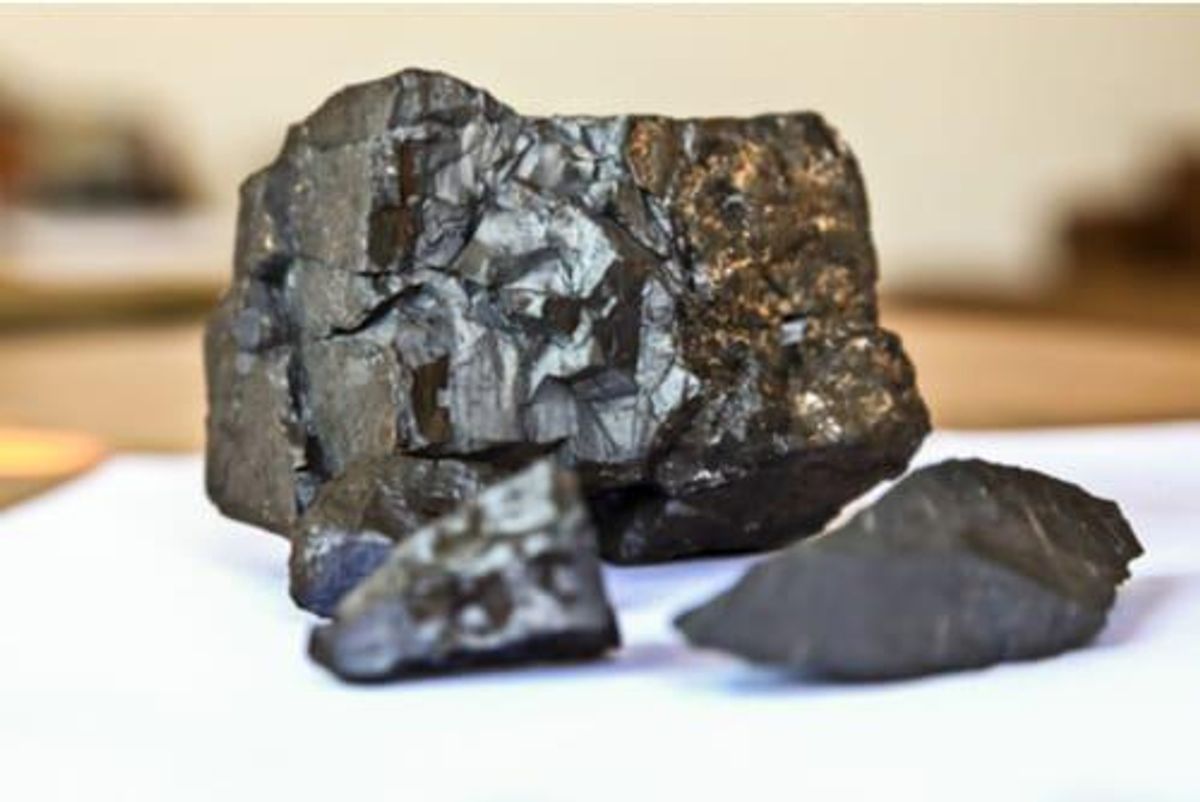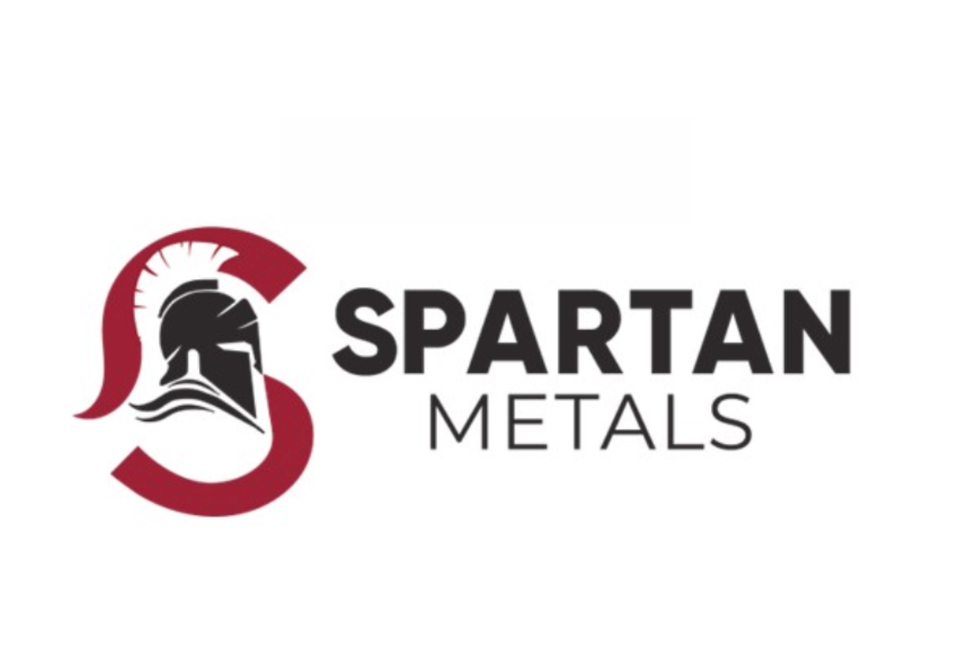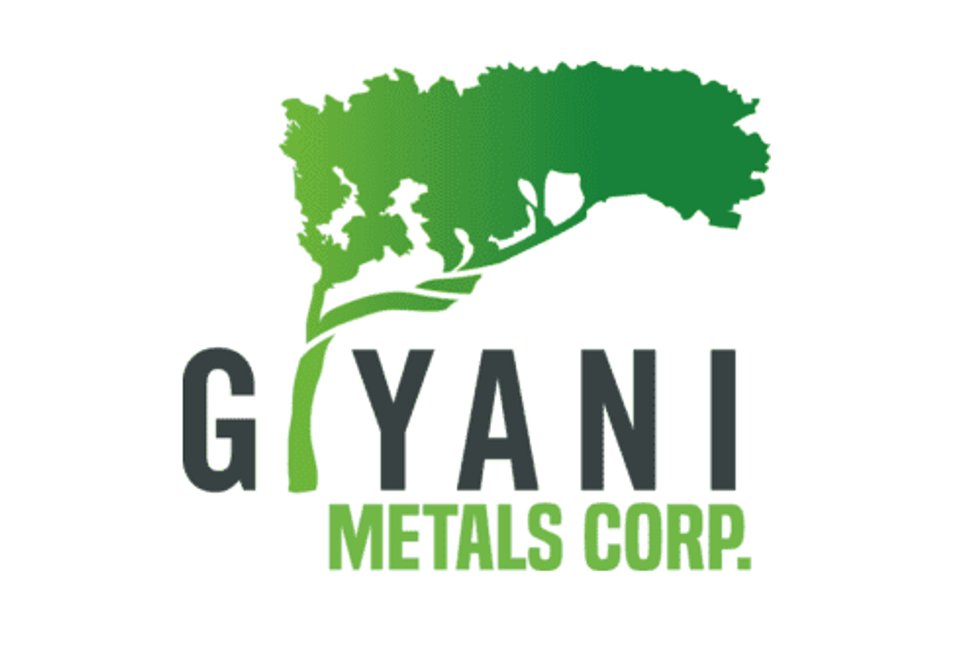Manganese: Why This Critical Steel, Battery and EV Metal Should Be on Your Radar

Manganese is in high demand because of its applications in steel, batteries and electric vehicle production.
Strategic metals are no less important today than they were after World War II, when the US government famously started building its reserves of metals it called “strategic.” At the time, that decision marked a shift in policy to ensure the US would have access to critical metals should it be called to war to defend its allies.
American leadership saw how Germany practically starved Britain with submarine attacks on British and Allied shipping vessels. On the other hand, the US managed to break the back of the Japanese economy by sinking over 90 percent of the Japanese merchant fleet. Both of these events show how cutting a country’s supply lines (including critical metals) in times of war can devastate a war-time economy.
During the Cold War, that same fear saw the US maintain its “strategic stockpile” of metals. Those metals included indium, chromium, cobalt and molybdenum as well as diamonds. In 1987, the US added manganese to the stockpile. The reason? Manganese is essential to the production of steel as it increases the strength and flexibility of steel. Steel cannot be made without manganese. For every tonne of iron, 10 to 20 pounds of electrolytic manganese metal must be consumed, resulting in it the fourth-most-traded metal in the world. Only aluminum, iron ore and copper are more widely used.
Since the end of the Cold War in the early 1990s, the US government has sold off its strategic stockpile. This has made the country vulnerable to foreign metal producers such as China, which produces 90 percent of the rare earths used in smartphones, green energy applications and missile-guidance systems. In addition to its importance to steel, manganese has also become an essential part of green technology, particularly in batteries for electric vehicles.
According to the Mineral Resources Program conducted by the US Geological Survey, the US is entirely reliant on manganese imports as it has no production capacity of its own. The US’ situation is echoed in most industrialized countries, including those in Europe. According to the US Geological Survey, manganese ore containing 20 percent or more manganese has not been produced in the US or Canada since 1970.
Rising steel demand will keep the focus on manganese
The steel industry is responsible for as much as 90 percent of manganese consumption. According to a report by Market Research Future, the global steel market is expected to reach US$9.63 billion by 2027 with a compound annual growth rate (CAGR) of 2.5 percent over the forecast period. Rising steel demand is expected to be driven by a number of factors, including technological innovations and the growing need for sustainable, low-cost and durable building materials.
Growth in steelmaking shines a spotlight on manganese as a critical metal, which is defined as a metal that is essential to the economy and has a significant risk of supply interruptions. If one of the few nations that supply manganese to the US falter unexpectedly, the implications for steelmaking could be dire.
EV metal: Emerging battery technologies are leading the charge
Manganese is an electric vehicle or EV metal, used to produce batteries for electric vehicles and other renewable energy applications such as electricity grid storage for Tesla’s (NASDAQ:TSLA) Powerwall batteries. Its status as a battery metal is expected to propel its demand in the wake of what experts predict will be a widespread transition to EVs driven by lofty climate policy goals and zero-emission targets.
This metal represents a critical link in the lithium-ion battery supply chain. Electrolytic manganese dioxide (EMD) is an upgraded form of manganese that serves as a key ingredient of lithium-ion, alkaline and zinc-manganese batteries. However, despite the US being the largest consumer of EMD, China has long dominated the space. Globally, experts note the supply chain’s high barrier to entry. While mining the metal may be simple, processing it is technically challenging and quite expensive — especially for battery-grade manganese.
Companies like Giyani Metals (TSXV:EMM) have positioned themselves to capitalize on a rapidly expanding EV market by producing high-grade electrolytic manganese metal and manganese sulfate, both key cathode ingredients in EVs. The company’s unique near-surface deposit benefits from significant infrastructure owing to its location in Southern Botswana, Africa, in a well-established mining district with direct access to multiple shipping ports.
Manganese offers a number of benefits when compared to its fellow battery metals. While Tesla used to rely on nickel-cobalt-aluminum (NCA) batteries for the EVs in production at its Gigafactory in Nevada, new batteries made from nickel, manganese and cobalt (NMC) offer lower raw materials costs, a reduced charging time and a longer lifespan. Manganese sells for a little over $1 a pound versus around US$20 per pound for cobalt, allowing for a much cheaper battery, which accounts for half the price of a vehicle made by Tesla. Cobalt also has an unstable supply chain, with few mines producing pure cobalt.
Other large purchasers of new battery technology are shifting to NMC batteries, including 3M (NYSE:MMM), BMW (ETR:BMW), General Electric Company (NYSE:GE) and Duracell.
Manganese is also used in the nickel-metal hydride (NiMH) batteries seen in hybrid vehicles, including the Toyota Prius, and in up-and-coming lithiated manganese dioxide (LMD) batteries. LMD batteries, which consist of 61 percent manganese and 4 percent lithium, are said to have higher power output and better thermal stability and are safer than regular lithium-ion batteries.
Solar and EV growth is just getting started
Manganese is also used to make solar panels. In solar power, the use of manganese atoms increases the electric current produced by a solar cell by 300 percent, according to the US Department of Energy. In 2019, the global market for solar photovoltaic panels was valued at US$115.2 billion. Growing demand for renewable energy and government-implemented incentives are expected to accelerate the market in the coming years with a CAGR of 4.3 percent between 2020 and 2027.
The EV market is expected to see a similar rise in interest. More than two million battery-electric and plug-in hybrid electric cars were sold in 2019, a 40 percent increase from the previous year. In the past year, the EV market has made great strides, with original equipment manufacturers investing billions of dollars into the development of new electrified models. Ford (NYSE:F) released an all-electric version of its iconic Mustang, while General Motors (NYSE:GM) is planning to deliver the first-ever electric Hummer in Q3 2022. While manganese is a key building material for EV batteries, the critical mineral also plays a role in the form of advanced high-strength steels, which offer greater reinforcement in the event of a crash.
The takeaway
Manganese is in high demand because of its applications in steel, battery and electric vehicle production. Add to that shifting government policies when it comes to climate change, renewable energy and the shift away from fossil fuels and it’s clear just how important this strategic metal is today. Companies with the potential to supply growing manganese demand will be well-positioned to capitalize on this potential growth story.
This INNSpired article was written as part of an advertising campaign for a company that is no longer a client of INN. This INNSpired article provides information which was sourced by INN, written according to INN's editorial standards, in order to help investors learn more about the company. The company’s campaign fees paid for INN to create and update this INNSpired article. INN does not provide investment advice and the information on this profile should not be considered a recommendation to buy or sell any security. INN does not endorse or recommend the business, products, services or securities of any company profiled. If your company would benefit from being associated with INN's trusted news and education for investors, please contact us.


